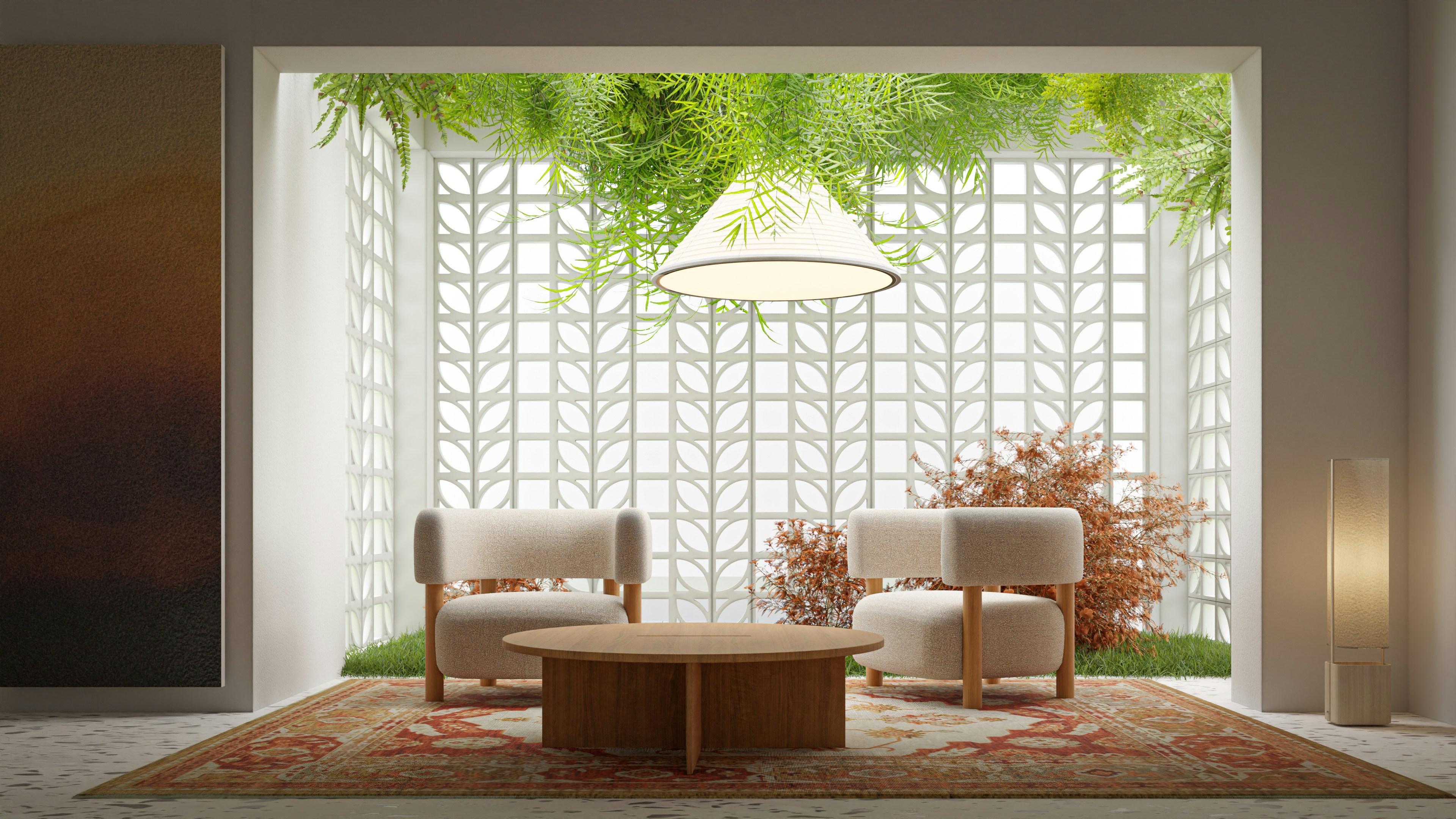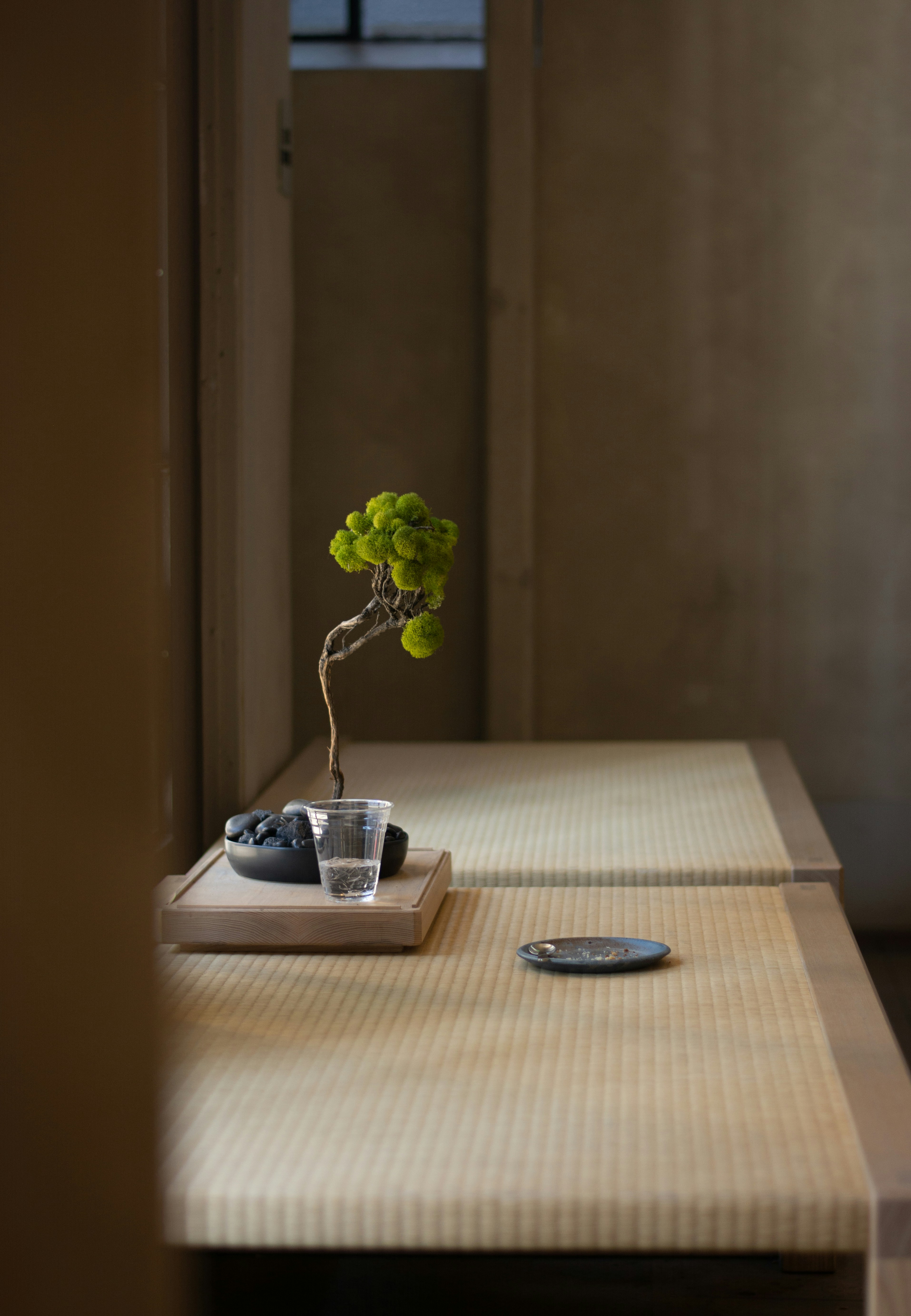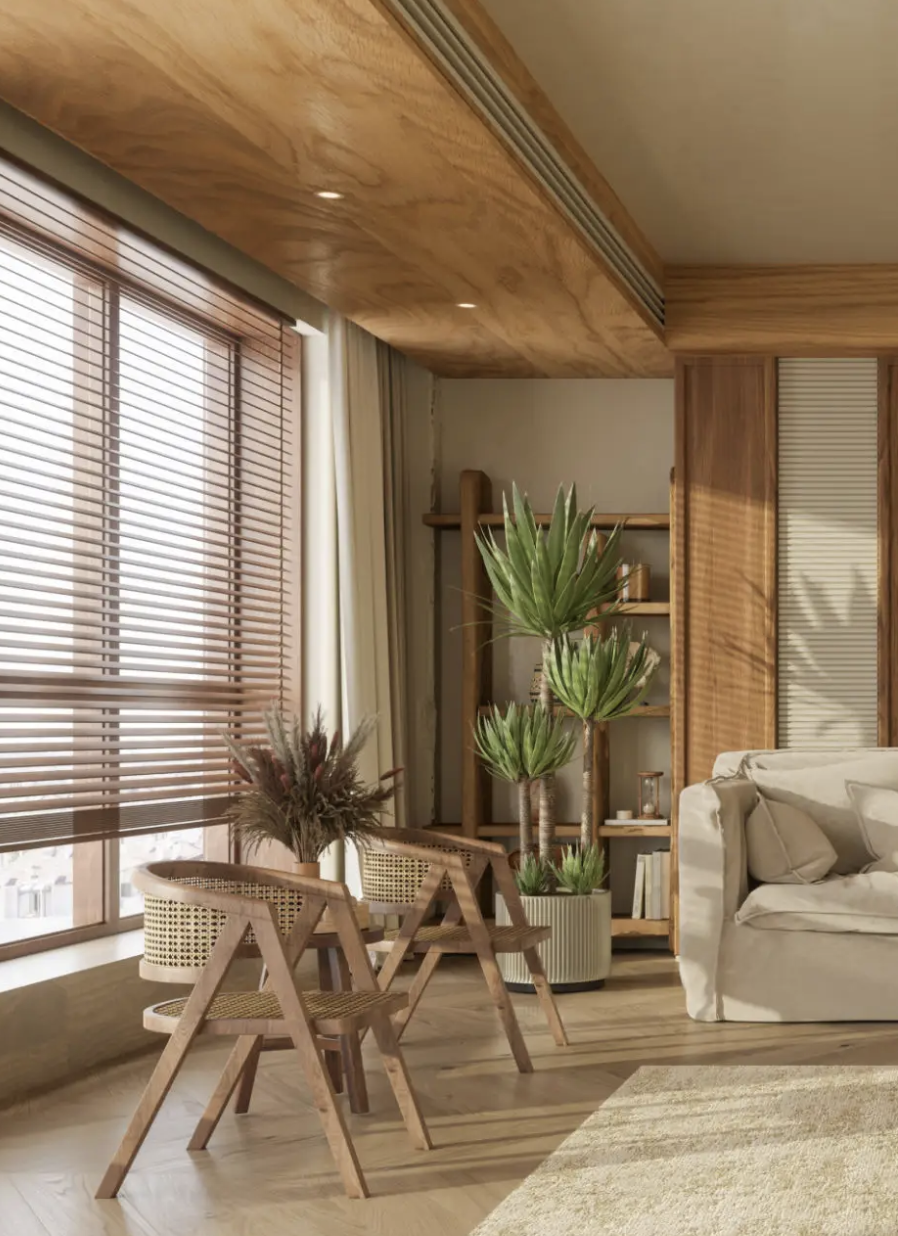.svg)
Navigating the True Costs of Acquiring "Free" Properties in Japan
.svg)
.svg)
.svg)

Renovating a Japanese akiya? Discover 5 design trends transforming old homes into stunning, functional spaces—with help from Old Houses Japan.


Renovating an akiya—a vacant or abandoned home in Japan—isn’t just about fixing what’s broken. It’s about reimagining what’s possible. And lately, homeowners, designers, and creative renovators are bringing bold, beautiful, and highly functional ideas to these old spaces.
Whether you're planning your own renovation or just dreaming about your future countryside escape, here are five of the most exciting design trends we’re seeing in akiya projects across Japan.

Forget glossy finishes and brand-new walls. More and more akiya owners are celebrating age, patina, and texture instead of covering it up.
Key features:
This “perfectly imperfect” style taps into the Japanese aesthetic of wabi-sabi—finding beauty in impermanence and imperfection.
💡 Why it works: It reduces renovation costs, honors the home’s character, and feels deeply calming.

Traditional Japanese homes are filled with separate rooms and sliding doors (fusuma and shoji). But today’s akiya renovations are blending those with open-plan living spaces for a more modern flow.
What we’re seeing:
💡 Why it works: You keep the coziness and flexibility of Japanese interiors, but make them more breathable and usable for contemporary life.
With many akiya surrounded by rice fields, forests, or gardens, there’s a growing trend toward blending indoors and out.
Design tricks include:
💡 Why it works: Rural Japan is stunning—designs that invite the outside in create a deeper connection to the seasons and nature.

Today’s akiya buyers want the charm of old wood—but also want smart homes, high-speed Wi-Fi, and energy-efficient solutions. The trick is to add these without disrupting the aesthetic.
What’s trending:
💡 Why it works: You get all the comfort and convenience—without sacrificing the soul of the home.
Many akiya owners are using their homes not as full-time residences, but as creative retreats, off-grid getaways, or boutique accommodations.
These spaces prioritize:
💡 Why it works: These homes become spaces of peace and purpose. Ideal for burnout recovery, remote work, or slow living.
We support akiya renovators by:
Whether you want to keep it classic or go bold, we help you make design choices that are smart, beautiful, and deeply personal.
Renovating an akiya isn’t about copying city trends—it’s about creating something timeless, functional, and uniquely yours. These five trends show how old homes in Japan are being lovingly updated without losing their essence.
Let Old Houses Japan help you design a space that feels like home—whether it’s for a lifetime, a season, or a weekend escape.
Start your journey with Luxey today! Sign up for free and get instant access to the best property listings.



